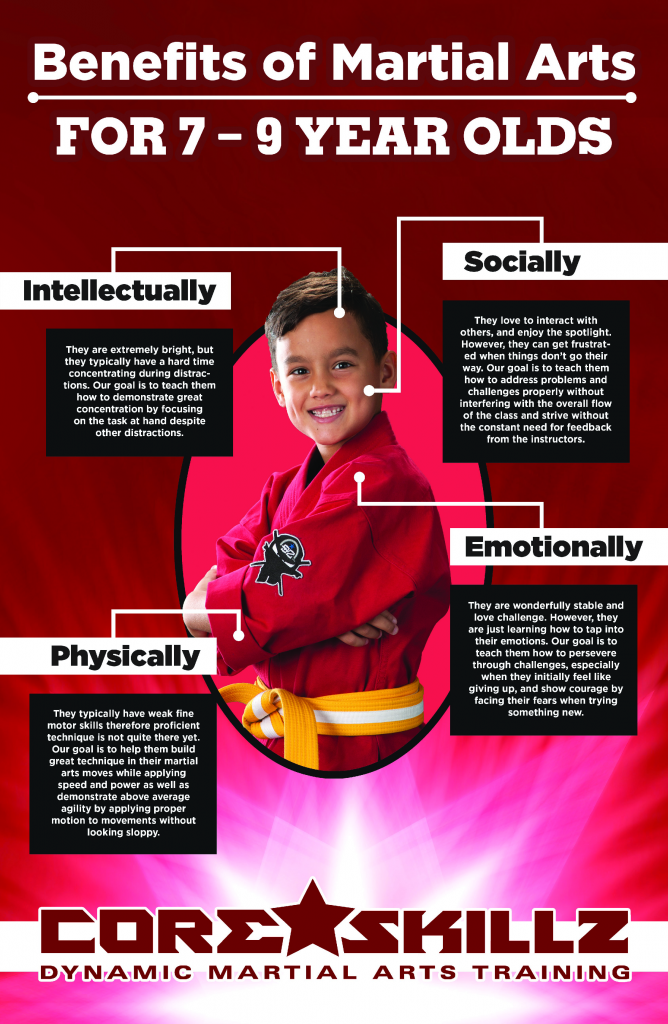The Worldwide Journey And Advancement Of Martial Arts Throughout Background
The Worldwide Journey And Advancement Of Martial Arts Throughout Background
Blog Article
Article Author-Wilcox Liu
Martial arts have a fascinating background that extends centuries and continents. You might locate it interesting just how ancient techniques like Shuai Jiao and Kalaripayattu prepared for contemporary fight methods. These techniques not just stress physical skills however likewise reflect the societies that birthed them. As you discover their advancement, think about how globalization has transformed these typical forms into crossbreed styles. What influences do you believe have shaped today's martial arts landscape?
Ancient Martial arts: The Structures of Battle
As you look into the world of old martial arts, you'll find the abundant structures that shaped fight techniques across cultures. Very early practices focused on Self-Defense and survival, typically including strikes, hurting, and weaponry.
In ancient China, as an example, methods like Shuai Jiao stressed throws and joint locks, while India's Kalaripayattu showcased dexterity and liquid activity. Japanese samurai developed Kenjutsu, a polished swordsmanship that highlighted discipline and approach.
These martial arts served not just for battle but also as a way of personal advancement, instilling values like respect and perseverance. The mixing of these techniques over time prepared for the varied martial arts you see today, each showing the special approaches and needs of its society.
The Cultural Influence on Martial Arts Advancement
While martial arts frequently show the sensible requirements of a culture, they likewise personify the social values and ideas of their origins. When you check out different martial arts, you'll observe just how they're affected by faith, approach, and social norms.
For example, the emphasis on regard and technique in Japanese martial arts originates from Zen Buddhism and samurai society. On the other hand, Brazilian Jiu-Jitsu advertises flexibility and technique, formed by the demand for efficiency in a diverse, modern environment.
white dragon martial arts may locate that the rituals, uniforms, and training techniques show a community's history and identity. By comprehending these cultural impacts, you grow your gratitude of martial arts and their role fit human experiences around the world.
Modern Adaptations and the Globalization of Martial arts
Martial arts have changed substantially in current years, adjusting to contemporary culture and global impacts. You'll observe that conventional types have mixed with modern strategies, producing hybrid styles like mixed martial arts. tiger martial arts satisfy varied target markets, making martial arts accessible and attractive globally.
With the increase of social media sites and electronic systems, you can locate tutorials and competitors from all edges of the world, damaging geographical barriers. This globalization has caused a common appreciation for various disciplines, from Brazilian Jiu-Jitsu to Taekwondo.
As you involve with these arts, you'll understand they're not practically battle; they advertise health and fitness, self-control, and mental wellness.
Ultimately, contemporary adaptations have actually enriched the martial arts landscape, making it a dynamic and developing practice.
Conclusion
In checking out the history and evolution of martial arts, you discover an interesting mix of techniques, cultures, and ideologies. From old techniques like Shuai Jiao and Kalaripayattu to the modern-day flexibility seen in MMA, martial arts show humanity's quest for Self-Defense and personal development. As you engage with these techniques, you not only obtain skills but additionally a deeper admiration for the diverse customs that form our globe today. So, continue your journey and embrace the art of battle!
